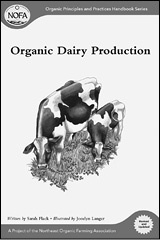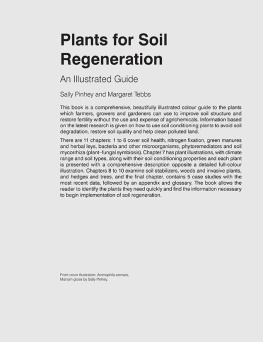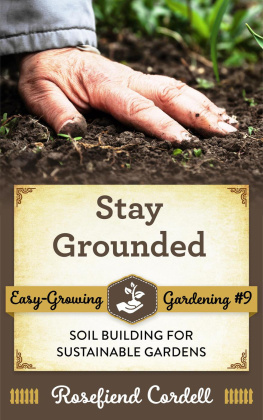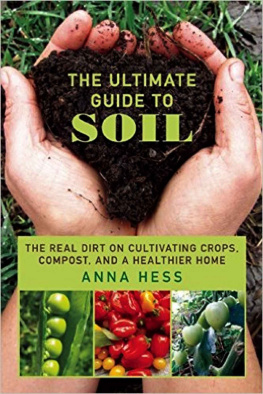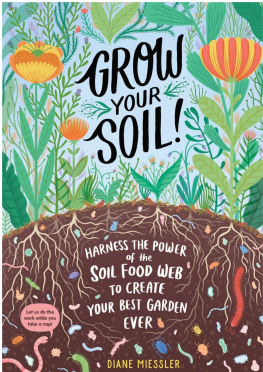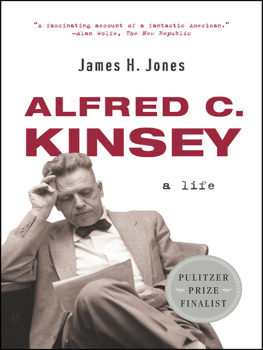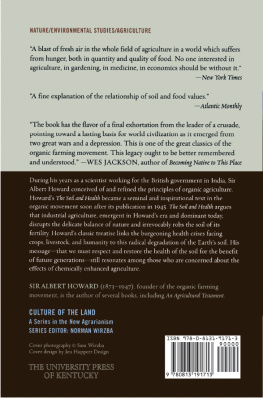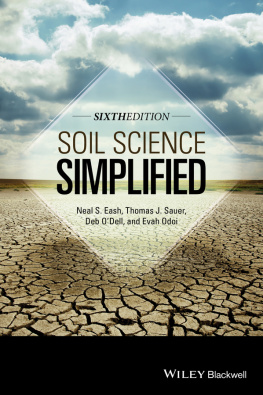About Soil Fertility & Fertilization Specialist Neal Kinsey
Neal Kinsey has been called a consultants consultant. He specializes in only one thingbuilding and maintaining soil for quality crop production. In addition to consulting on standard crops such as corn, cotton, soybeans, rice, wheat and grain sorghum, and forage crops including alfalfa, pastures, clovers, and even specialty crops such as melons, almonds, avocados, bananas, berries, coffee, citrus, grapes and peaches, Kinsey also helps growers working with turf, landscape plantings, and lawn care.
His biography is contained as a broad outline in this book. In discussing sound agronomy practices, there is neither the time nor the space to tell all here, but the foundational principles are given in as much detail as possible. For instance, it was once standard practice to provide free lawn or garden sampling to any farmer who employed Neal on his total farmable land of 200 acres or more. Though this was begun as a token of appreciation, it turned out to be a valuable source of knowledge when the opportunity arrived to begin working on commercial vegetable production, and with large-scale lawn, landscape and nursery stock production, and when golf courses were also added to his list of clients.
In time, various companies and private consultants began to call for possible help in growing crops such as winegrapes, potatoes, citrus, sugar cane, tobacco and tomatoes. To cope with the demand for information, training sessions for clients were begun. These have now expanded to two- and three-day seminars several times a year.
Foreign work followed, and so coffee and banana production were added to crop experiences. Popcorn, timber and turf grass production came along in the early 1980s, followed closely by rapeseed and ornamentals. Peanut and commercial herb growers signed up. All of these crops helped to demonstrate that supplying the correct fertility to achieve a proper balance worked in all types of agriculture.
The mail and UPS bring soil samples routinely to Neal Kinseys service. Thus Canada and the United States have added sunflowers, flax and mustard seed to the consultation service agenda. Mexico added several commercial vegetables, fruits and agave. Various new crops from Asia, including mangoes, spices and medicinal plants for the commercial market also added to acreages and experience. Although work with walnuts, almonds and pecans paced the opening of new frontiers, eco-agriculture didnt become significant until the late 1980s.
Neal grew up in southeast Missouri and worked on the farm for his father until he graduated from high school. To pay his way through college, he worked part-time and summers as a crop reporter for the USDAs ASCS in Missouri and Illinois. He obtained his B.S. degree in marketing from Southern Illinois University at Carbondale. In the fall of 1966, Neal enrolled in a masters degree program in Food Industry Logistics in Agricultural Economics at University of Missouri, Columbia. Here is where he first met Dr. William A. Albrecht, who later provided the technical training in soil fertility required by his present profession.
In 1968, Neal and his wife, Linda, moved to Texas. He took a job with a large environmental research project conducted by Ambassador College at Big Sandy. He eventually became assistant to the director. Later, he became business manager, and ultimately agricultural operations manager for the Ambassador College Agriculture Department. While serving in this capacity, he became a certified consultant for Brookside Farms Laboratory of New Knoxville, Ohio. In 1977, Neal established Kinsey Agricultural Services, and now works with growers in all 50 of the United States. He has received soil samples from over 70 other countries, many of which send more samples for analysis annually than several of the individual states here in the U.S.
Long before man could make a plow or a test tube, nature was creating life, including man, and providing an environment in which all life could live. She used the resources of air, water, sunshine and soil plant food minerals to make life. If she had created only life, these resources would soon have been tied up in all living things. So she created death. This way resources could be recycled and used again and again. There is a basic law which says, All life forms must return at death what they took from the resources of the earth during their lifetime.
Eugene M. Poirot
Our Margin of Life, 1978


